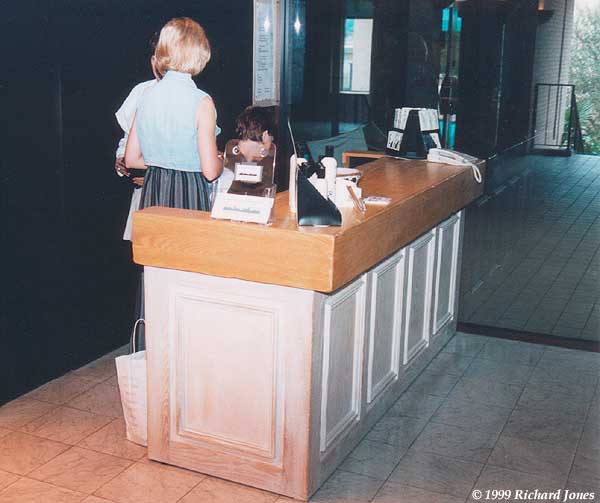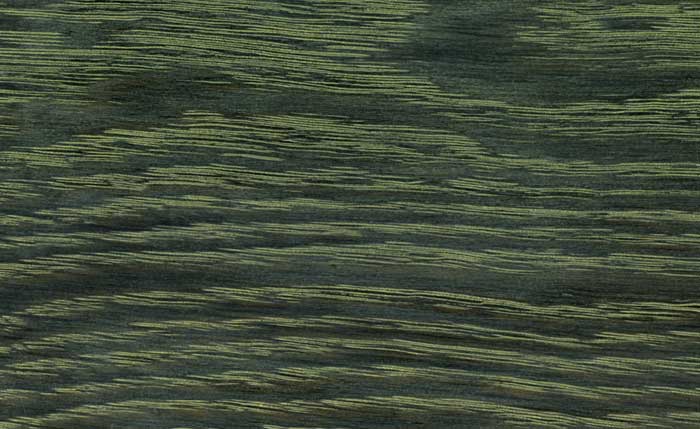rafezetter
Troll Hunter
I've been asked to refinish an ash kitchen as the limed effect from however long ago has pretty much disappeared, BUT I don't want to use liming wax because I know the lady is a cleanaholic and will want to give the doors and a few solid ash parts a clean at least once a month.
I have looked at the various "white" varnishes but the effect isn't very good, and I've also seen that a white grain filler when covered with polyurethane (oil or water) tends to lose a lot of it's colour reducing the contrast.
I've read about Osmo's "white oil" but I think the cost is going to be prohibitive - I know the lady is asking a little bit of a "champagne finish for beer money", but I was wondering if any of you have another trick up your sleeves to give a reasonable facsimile of limed wood with a strong white in the grain, but durable enough to withstand a rather fanatical cleaner?
An idea I had was to see if I could dissolve some white oil based paint into tung / danish oil? That way I could tell her to rub some more in after every six months to top up the effect and far simpler to maintain that expecting her to wax everything each year.
Any thoughts?
I have looked at the various "white" varnishes but the effect isn't very good, and I've also seen that a white grain filler when covered with polyurethane (oil or water) tends to lose a lot of it's colour reducing the contrast.
I've read about Osmo's "white oil" but I think the cost is going to be prohibitive - I know the lady is asking a little bit of a "champagne finish for beer money", but I was wondering if any of you have another trick up your sleeves to give a reasonable facsimile of limed wood with a strong white in the grain, but durable enough to withstand a rather fanatical cleaner?
An idea I had was to see if I could dissolve some white oil based paint into tung / danish oil? That way I could tell her to rub some more in after every six months to top up the effect and far simpler to maintain that expecting her to wax everything each year.
Any thoughts?


































